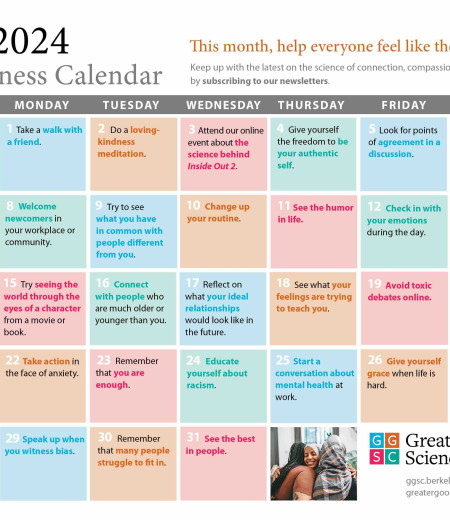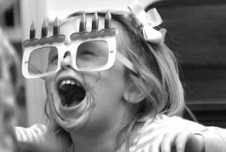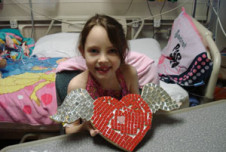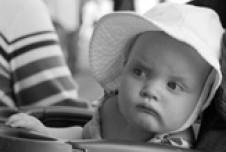According to medical education pioneer William Osler, “There is no more difficult art to acquire than the art of observation.” Today, the dizzying array of tests and scans available to doctors may make this art more difficult to practice than ever. A common complaint within the profession is that technology-enabled “diagnosis at a distance” discourages physicians from developing what should be a keen eye for physical signs of disease.
Some believe it’s not more rigorous medical training doctors need—it’s more arts education. Since 2004, Harvard Medical School has offered the 10-session elective, “Training the Eye: Improving the Art of Physical Diagnosis.” The course includes drawing lessons and pilgrimages to the nearby Museum of Fine Arts, where students analyze art using simple observation exercises borrowed from an arts education curriculum developed for elementary schools. The exercises are designed to heighten students’ awareness of subtle clinical clues, like skin discolorations or a droopy eyelid. Artwork is chosen to match medical topics, so observing the spatters and swirls in a Jackson Pollack painting may precede a lecture on recognizing texture and pattern in dermatological diagnoses.
After four years, the verdict is in: Students who take the course appear to be better at physical diagnosis than those who don’t. A 2008 study by Sheila Naghshineh, a recent graduate of Harvard Medical School, found that compared to a group of medical students who didn’t take the course, “Training the Eye” participants made significantly more accurate observations on a series of slides showing patients with various clinical disorders.
Joel Katz, director of the internal medicine residency program at Brigham and Women’s Hospital in Boston and a co-founder of the course, believes that habits of close observation translate well from art to medicine. In the hospital, he explains, “students do exactly what they do in the museum: answer the questions, ‘What do you see? What is it that makes you say that?’” They also learn to see things from more than one angle. “As physicians,” says Katz, “a lot of what we do is negotiate ambiguity.”
Even the most sophisticated test doesn’t always provide definitive results. Perhaps doctors who’ve gotten several perspectives on a Picasso may not only notice more physical symptoms, but be better at responding to multiple interpretations of the clues they see.




Comments